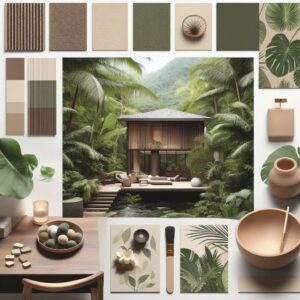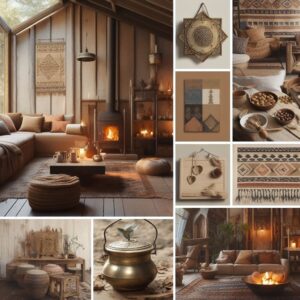In a world increasingly aware of its environmental impact, eco-friendly architecture and sustainable styling have emerged as more than just trends; they are essential pillars of responsible design and living. Sustainable architecture goes beyond energy-efficient appliances and recycling bins; it encompasses a holistic approach to building design and styling that aims to minimize harm to the environment while maximizing comfort and aesthetics.
In the realm of eco-friendly architecture and sustainable styling, the journey to creating a harmonious and environmentally responsible living space begins with a vision. Moodboards, those visual collages of colors, textures, materials, and design elements, play a pivotal role in shaping that vision and turning it into a reality. They serve as a powerful tool that can guide architects, interior designers, and homeowners in the pursuit of a sustainable and aesthetically pleasing environment.

Understanding Eco-Friendly Architecture
At its core, eco-friendly architecture, also known as green or sustainable architecture, is about designing and constructing buildings that have minimal negative impacts on the environment. This goes far beyond just reducing energy consumption; it encompasses a range of principles that guide every aspect of a building’s lifecycle.
Energy Efficiency
Sustainable architecture emphasizes energy-efficient design to reduce the carbon footprint of a building. This includes proper insulation, high-performance windows, and passive solar design to minimize heating and cooling needs.
Materials
Choosing eco-friendly, renewable, and locally sourced materials is a key aspect of sustainable architecture. This reduces the environmental impact associated with transporting materials long distances.
Water Conservation
Sustainable buildings often incorporate water-saving features such as low-flow fixtures, rainwater harvesting systems, and greywater recycling.
Indoor Air Quality
Eco-friendly architecture prioritizes indoor air quality by using non-toxic building materials and incorporating proper ventilation systems.
Renewable Energy
Many sustainable buildings incorporate renewable energy sources such as solar panels and wind turbines to generate electricity.
Green Spaces
Integrating green spaces and living walls into the design not only enhances aesthetics but also improves air quality and reduces urban heat island effects.

Why Sustainable Styling Matters
Sustainable styling is an integral part of eco-friendly architecture. It involves decorating and furnishing spaces in ways that complement the sustainable features of the building while minimizing waste and environmental impact.
Eco-Friendly Materials
Sustainable styling involves choosing furniture and decor made from eco-friendly materials such as reclaimed wood, bamboo, recycled metal, and organic textiles.
Vintage and Upcycled Pieces
Incorporating vintage or upcycled furniture and decor items not only adds character to a space but also reduces the need for new manufacturing.
Minimalism
Embracing a minimalist design philosophy promotes sustainability by encouraging the use of fewer materials and reducing clutter.
Energy-Efficient Lighting
Opt for energy-efficient lighting options such as LED bulbs and fixtures with timers or motion sensors.
Natural and Low-VOC Paints
Choose paints with low volatile organic compounds (VOCs) to maintain good indoor air quality.
Sustainable Art and Accessories
Seek out art and accessories made by local artisans or from sustainable materials.

Why Mood Boards for Sustainable Styling
Visualizing Sustainable Elements
Moodboards are the canvas on which the elements of eco-friendly architecture and sustainable styling come to life. They allow you to curate a collection of images, samples, and materials that represent your sustainable design goals. This visual representation makes it easier to see how these elements can work together cohesively in your space.
Material Selection
One of the fundamental aspects of sustainable architecture is the choice of eco-friendly materials. Moodboards help you compare and contrast different materials, such as reclaimed wood, recycled metal, or sustainable textiles, in a visual context. You can see how these materials complement each other and contribute to the overall aesthetics of your design.
Color Coordination
Color plays a significant role in sustainable styling. Moodboards help you experiment with color palettes that not only align with your eco-friendly goals but also create a visually appealing atmosphere. You can explore earthy tones, cool neutrals, or vibrant accents in a way that feels harmonious and sustainable.
Texture Exploration
Sustainable styling often involves incorporating natural textures like bamboo, jute, or stone. Moodboards allow you to experiment with these textures, mixing and matching them to create tactile interest and visual depth in your design.
Layout and Flow
Arranging images and samples on a moodboard helps you visualize the layout and flow of your space. You can experiment with furniture placement, lighting, and the overall composition of your eco-friendly architecture to ensure that it’s both functional and aesthetically pleasing.
Inspiration and Creativity
Moodboards are a wellspring of inspiration. They help you tap into your creativity and explore innovative ways to integrate sustainable elements into your design. You can collect images of eco-friendly architecture projects, sustainable decor, and green spaces that resonate with your vision, sparking new ideas and approaches.
Communication and Collaboration
Moodboards serve as a communication tool, especially when working with architects, designers, and builders. They provide a visual reference that helps convey your sustainable styling preferences and ensures everyone is on the same page, working toward a common goal.
Sustainability Focus
Creating a moodboard dedicated to sustainable styling keeps your eco-friendly goals at the forefront of your design process. It serves as a reminder of the principles you want to uphold, guiding your choices and helping you stay committed to sustainable practices.
In a world where environmental consciousness is paramount, eco-friendly architecture and sustainable styling have become more than design choices; they are responsible actions that shape the way we live and interact with our surroundings. By embracing sustainable architecture and styling principles, we can create homes that not only reflect our personal tastes but also contribute to a healthier planet. Whether you’re starting from scratch with a new build or making updates to an existing space, every decision you make can have a positive impact. So, consider the environment in your design choices, and create a sustainable sanctuary that combines beauty, comfort, and responsibility.
In the pursuit of eco-friendly architecture and sustainable styling, the ability to visualize your design goals is paramount. Moodboards are a dynamic and versatile tool that empowers you to do just that. They allow you to explore, experiment, and refine your sustainable vision, ensuring that every element of your space aligns with your environmental values while creating a beautiful, functional, and harmonious living environment. So, whether you’re embarking on a new architectural project or refreshing an existing space, harness the power of moodboards to bring your sustainable dreams to life.







